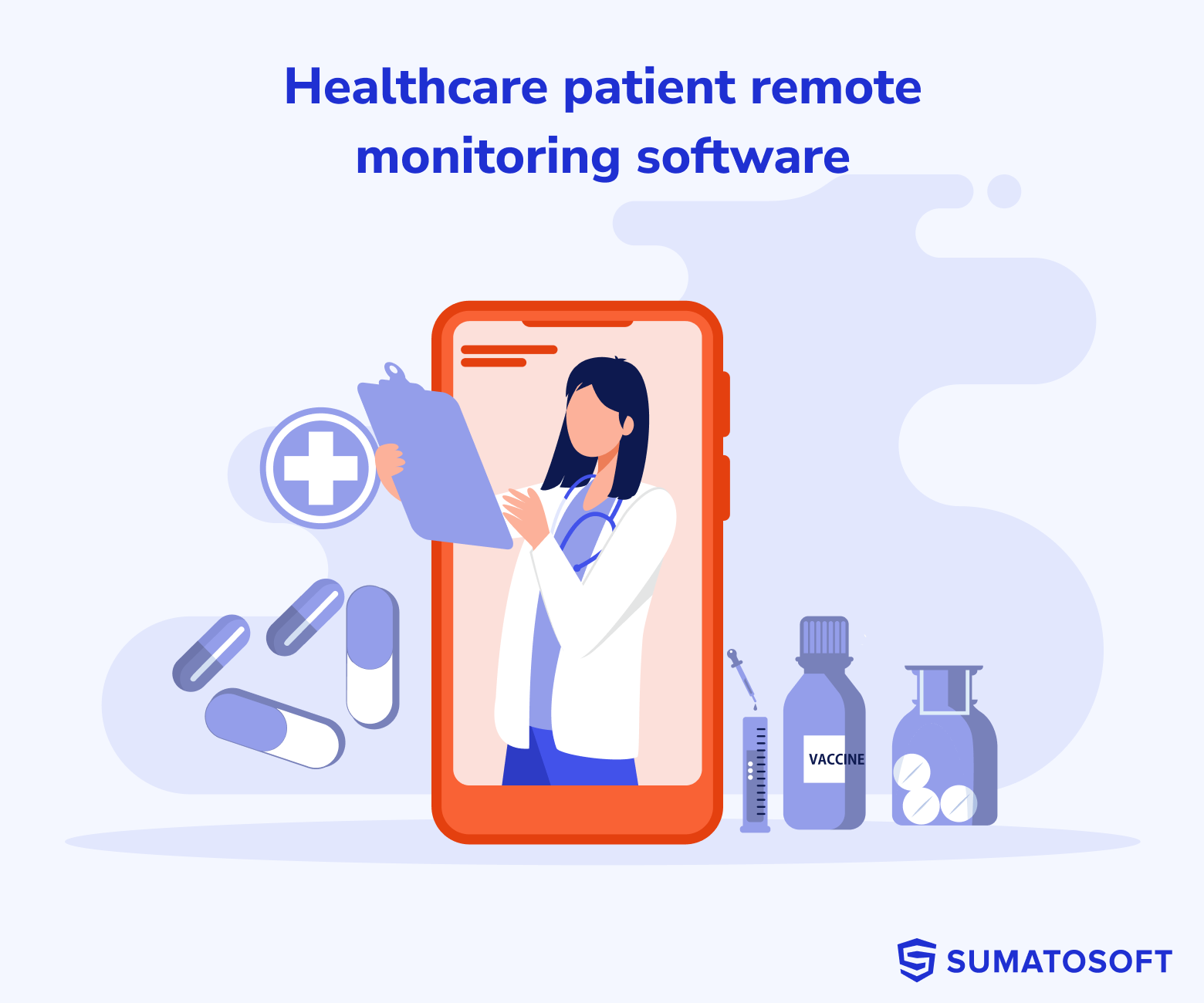The Future of Medical Care: Remote Individual Monitoring Streamlined
As health care remains to advance, one area that holds enormous guarantee is remote client surveillance. The principle of streamlining this procedure through technological innovations is reshaping the method treatment is delivered and received. With a concentrate on improving patient outcomes and simplifying healthcare delivery, remote surveillance is positioned to reinvent the sector. By exploring the advantages, technical innovations, and future fads in this area, we can acquire valuable understandings right into the transformative possibility of remote person tracking.
Benefits of Remote Client Tracking
Remote client monitoring provides a wide variety of benefits for both healthcare suppliers and clients alike. Furthermore, remote person monitoring boosts the total quality of treatment by giving a much more holistic and thorough sight of individuals' health status past traditional in-person visits.
In addition, remote client tracking can lead to improved patient end results and complete satisfaction. Remote tracking can decrease the demand for constant healthcare facility check outs, reducing healthcare costs for both individuals and service providers.
Modern Technology Driving Remote Tracking
In the realm of modern health care, technological advancements play a critical role in driving the advancement and performance of remote client tracking. The integration of cutting-edge innovations such as wearable devices, mobile applications, and cloud-based platforms has actually changed the way medical care providers remotely check and take care of patient health - remote patient monitoring software. These innovations make it possible for continuous real-time surveillance of vital indications, drug adherence, and various other vital health and wellness data, enabling for prompt interventions and customized treatment strategies
One key innovation driving remote tracking is the Net of Points (IoT), which enables seamless connection in between medical gadgets and healthcare systems. IoT devices such as smartwatches and cordless sensing units gather and transfer patient data to central systems, assisting in remote monitoring from throughout the globe. Man-made knowledge (AI) and artificial intelligence formulas even more improve remote tracking by examining large amounts of person information to spot patterns, predict health fads, and sharp doctor to potential issues.
Effect On Healthcare Delivery
With the integration of innovative modern technologies driving remote person surveillance, the effect on health care shipment is becoming increasingly extensive and transformative. Remote client monitoring permits doctor to supply even more personalized and aggressive treatment to clients, resulting in improved wellness results and reduced hospital admissions. By remotely tracking important indicators, signs, and medication adherence, medical care experts can intervene early, protecting against issues and enhancing the total high quality of treatment.
Additionally, remote monitoring boosts access to medical care services, specifically for individuals in rural or underserved areas. People can get continuous tracking and support from their homes, getting rid of the need for constant in-person check outs. This not only saves time and lowers expenses for both clients and healthcare centers but additionally lessens the risk of direct exposure to infectious conditions, an important factor to consider in the existing health care landscape.
In addition, remote client surveillance allows healthcare carriers to much better prioritize and allot resources treatment based on real-time data. By identifying risky patients and stepping in without delay, health care distribution becomes a lot more reliable and efficient, eventually bring about a much more lasting and patient-centered medical care system.
Improving Client End Results

Furthermore, RPM permits positive management of chronic problems, reducing the chance of intense worsenings and health center readmissions. Individuals take advantage of enhanced convenience and convenience, as they can obtain care in their own homes while remaining attached to their health care suppliers. This constant monitoring not just improves client fulfillment but additionally promotes a sense of empowerment and engagement in their own health monitoring.
Future Trends in Remote Surveillance
Welcoming advanced innovations in remote patient tracking is forming the future landscape of medical care delivery. One considerable pattern is the raised use of wearable gadgets and sensing units to accumulate real-time data, allowing medical care service providers to keep track of people continuously without the need for regular in-person brows through.

Furthermore, telehealth platforms are ending up being extra innovative, allowing for online examinations, remote medical diagnosis, and remote person keeping track of all in one integrated system (remote patient monitoring software). This holistic method to remote tracking is enhancing medical care distribution, boosting person contentment, and ultimately, improving overall quality of care
Verdict
To conclude, remote patient monitoring offers numerous advantages in healthcare distribution, pop over here driven by improvements in technology. It has the potential to improve person end results and reinvent the method health care is delivered. Future trends in remote surveillance will certainly remain to form the landscape of health care, supplying chances for even more individualized and effective individual care.
Remote patient monitoring offers a you could try here plethora of benefits for both healthcare service providers and patients alike. In addition, remote individual monitoring boosts the general quality of treatment by supplying a more holistic and extensive view of people' wellness standing beyond traditional in-person gos to.
Furthermore, remote person tracking can lead to better client end results and fulfillment. Remote patient tracking allows health care providers to use more customized and aggressive care to individuals, leading to improved health and wellness end results and reduced healthcare facility admissions. Remote patient tracking (RPM) plays a substantial role in enhancing individual end results by offering constant, real-time information that enables health care suppliers to interfere quickly and change therapy strategies as required.
Comments on “Cutting-edge RPM Software: Revolutionizing Patient Monitoring in Healthcare”